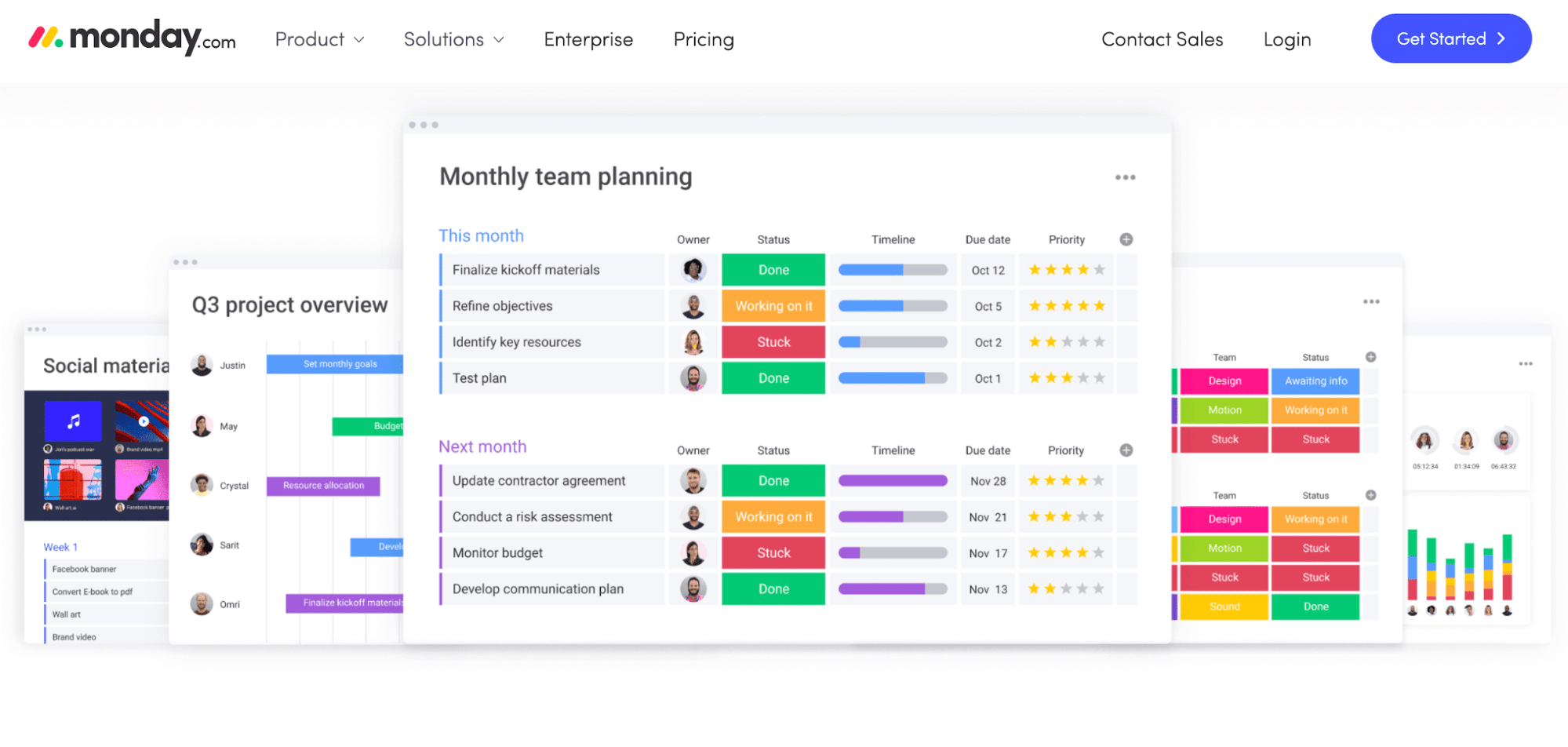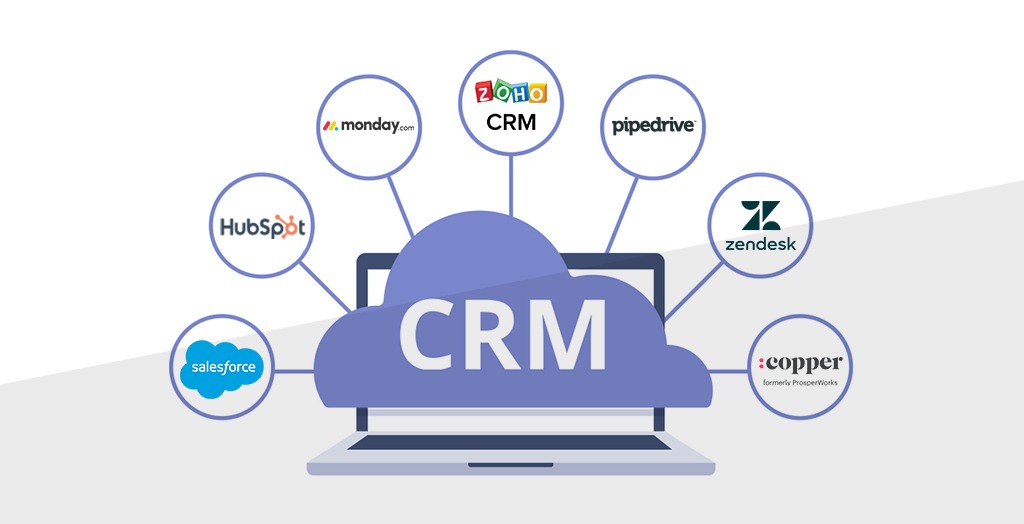Many students find themselves in need of financial aid to fulfil their aspirations of pursuing higher education as a result of the ongoing growth in educational expenditures. For millions of students, student loans are now essential to paying for their college education. It might be unsafe to comprehend student loans’ complexities, though. We will traverse the world of student loans in this extensive book, giving you the information and resources you need to make well-informed decisions about how to pay for your education.
The Essentials of Education Loans
Financial aid alternatives expressly created to assist students in covering their educational costs include student loans. Generally speaking, these loans have different interest rates and payback schedules than other loan kinds. Let’s go over the essentials to make sure you’re prepared to handle your student loans:
Student Loan Types
1. Federal Loans for Education:
– Subsidized Loans: The government covers the interest on these loans, which are given to students who require financial aid, as long as the borrower is engaged in school.
– Unsubsidized Loans: These are accessible to graduate and undergraduate students alike, but interest starts to accrue as soon as the money is disbursed.
– PLUS Loans: Subject to a credit check, these loans are intended for graduate students and parents of dependent undergraduate students.
2. Banks, credit unions, and other financial institutions may offer private student loans. Interest rates and terms change depending on the lender and the borrower’s creditworthiness.
Recognizing Interest Rates and Conditions of Repayment
1. Fixed vs. Variable Interest Rates: Fixed rates offer stability and predictability because they stay the same for the duration of the loan.
– Variable rates change over time and are frequently correlated with an index like the prime rate. Although they may begin lower, they could go up in the future.
2. Repayment Options: – Standard Repayment: Equal installments due on a predetermined schedule.
Income-Driven Repayment: Monthly instalments determined by the borrower’s household size and income.
– Graduated Repayment: Payments climb gradually from a low initial amount.
– Extended Repayment: Permits debtors to prolong the repayment period above the typical ten-year schedule.
How to Handle a Loan Application
1. FAFSA: You can find out if you are eligible for federal student help, like loans, grants, and work-study, by filling out the Free Application for Federal Student Help (FAFSA).
– File the FAFSA as soon as possible because some help is awarded on a first-come, first-served basis.
2. Applications for Private Loans: – Look around and contrast lenders to discover the most favourable terms and interest rates.
If you want to improve your chances of being approved and obtaining better loan terms, consider getting a cosigner.
Taking Full Advantage of Financial Assistance Opportunities
Even while student loans are a necessary component of paying for college, it’s important to look into alternative forms of financial assistance to reduce your need for loans. The following tactics can help you make the most of your financial aid opportunities:
Grants and Scholarships
1. Look into Local and National Scholarships: – Consult the financial aid offices of your college and high school and Internet scholarship databases.
– Seek out scholarships relevant to your area of study, extracurricular pursuits, or particular situation.
2. Federal and State Grants: – To determine if you qualify for federal grants like the Pell Grant, fill out the FAFSA.
– Look into grant programs that are state-specific and offer extra funding.
Work-Study Initiatives
1. Federal Work-Study: This program allows students to work part-time jobs to help pay for their education.
– Jobs may be relevant to your field of study and are frequently found on campuses.
Plans for Paying for Tuition
1. Monthly payments: – Rather than requiring a single payment, several colleges and universities offer tuition payment plans that let you pay for your tuition in monthly payments.
Handling the Repayment of Student Loans
You must prepare for the payback period as you move through your academic program. You may properly manage your student loan repayment by using the following advice:
Create a Plan for Repayment
1. Recognize Your Loan Terms: – Find out who is servicing your loans, when payback is due, and what kinds of loans you have.
– Review your loan documentation to see your options for repaying the debt.
2. Establish a Budget: – Evaluate your earnings, outgoings, and debt obligations in order of importance.
– Think about utilizing spreadsheets or budgeting applications to efficiently manage your cash.
Examine Programs for Loan Repayment
1. Public Service Loan Forgiveness (PSLF): After 120 qualifying payments, borrowers who work full-time for qualifying employers—such as the government or non-profit organizations—have their remaining student loan balance forgiven.
2. Plans for Repayment Based on Income:
– Repayment plans that are more reasonable by basing payments on your income.
– Years may pass before certain schemes offer loan forgiveness.
Consolidating and refinancing loans
1. Consolidation: This creates a single federal loan with a set interest rate and possibly longer repayment terms by combining several smaller loans.
– Makes repayment easier but may lead to a higher total interest cost.
2. Refinancing: – This involves getting a new loan from a private lender to replace your current one.
– May have lower interest rates, but the benefits of government loans are lost for borrowers.
In summary
It might be intimidating to navigate the complicated world of student loans, but with the knowledge in this extensive guide, you will be better prepared to budget for your education. Remember to look into all of your alternatives for financial assistance, create a strategy for paying back your loan, and keep up with changes to your conditions and chances for debt forgiveness or refinancing. Using prudent planning and responsible borrowing practices, you can fulfil your academic aspirations without becoming heavily indebted to student loans.
Recall that investing in your education is an investment in your future. You can clear your schedule and set yourself up for professional success by making wise choices.










